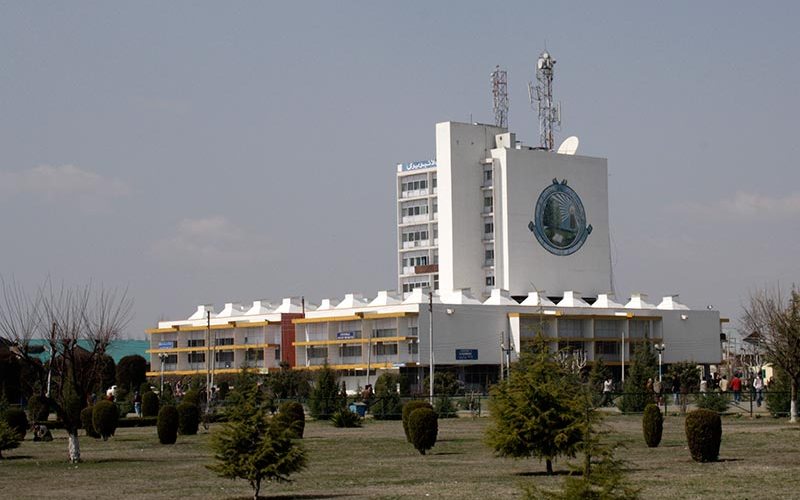The University of Kashmir has been ranked as the 58th best institute in India by the Ministry of Education (MoE) in the 8th edition of the National Institutional Ranking Framework (NIRF) released recently. The ranking framework evaluates institutions based on five broad parameters, and KU ranking is a matter of pride for the UT. In the “best universities” category, the University of Kashmir ranked 33rd, marking an improvement of 20 slots from the previous year.
The exceptional performance of KU is not a result of chance but rather a testament to the persistent efforts of the Government to provide financial support, improve infrastructure, foster collaborations, and establish research partnerships. These initiatives have significantly elevated educational standards in the region. It is truly inspiring to witness the transformation of a university that was once a centre for protests in the valley into one of the nation’s top-performing universities. With the decline of terrorism, the doors of the faculty have been opened, and the administration has taken proactive measures to appoint experienced and esteemed academicians as the new Vice Chancellors of Jammu and Kashmir Universities. Thanks to their exposure to various universities across India, they have successfully implemented and adopted the best practices followed by the top institutions in our universities. The faculty members deserve significant recognition, as their dedicated and consistent efforts have made this remarkable achievement possible. The recent results in civil service examinations and the latest rankings once again reaffirm that the youth of Jammu and Kashmir are unparalleled in the country. All it took was providing them with a conducive academic environment and ample opportunities to excel in every field of study.
A significant slide in rankings at IIT Jammu and NIT Srinagar, the Indian Institute of Management Jammu, and Shri Mata Vaishno Devi University (SMVDU) Katra is a matter of serious introspection. What went wrong? In the “agricultural and allied sectors” category, only Sher-e-Kashmir University of Agricultural Sciences is on the list. It is also worth mentioning that no institutions from Jammu and Kashmir were listed in the top-rated institutions or colleges in categories such as colleges, law, innovation, pharmacy, medical, dental, and research. Factually, there should have been marked improvement over the last year’s rankings, but these institutes seem to be caught up in complacency. Despite being an established and long-standing institution, Jammu University has been consistently declining in its position as a top education provider. Considering its status as an old university, it becomes increasingly difficult to find reasons for this decline in performance.
Certain institutes in our region are making remarkable progress and are heading towards a promising future. Other institutions need to follow their example and strive for similar success. The availability of rankings, along with detailed point allocations, will play a crucial role in identifying the areas where various institutions are lacking and need significant improvements. This valuable information aids in directing efforts towards addressing the weak links and enhancing overall performance.
In addition to KU and JU, it is crucial to examine the performance of other universities in the Union Territory. These institutions have been grappling with persistent issues that have hindered their progress. As a result, they have faced the challenge of vacant seats in various courses, despite repeated advertisements and counselling efforts. This situation raises serious concerns since significant infrastructure and financial aid have been allocated to these universities, yet they have consistently struggled to elevate their performance levels.
To ensure continuous improvement in overall rankings, it is advisable to assign a committee with the responsibility of analysing the ranking results. This committee would be tasked with timely suggesting remedial measures that can be implemented to achieve significant improvements in the following year. It is just a matter of making some extra effort. A continuous focus on academic excellence, research, industry collaboration, inclusivity, image building, and proper guidance will enable these institutions to make significant contributions to the educational landscape of the region.
Trending Now
E-Paper


